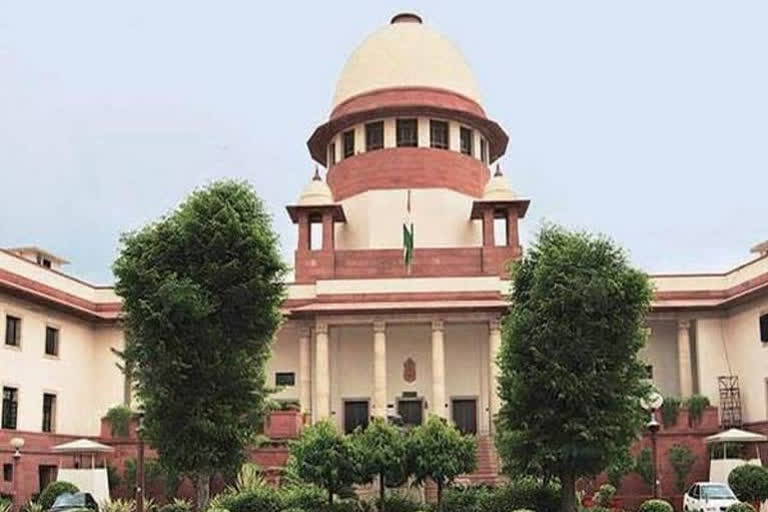New Delhi: The Supreme Court has ruled that illegal occupants on panchayat land are not entitled to regularisation if the conditions for regularisation are not fulfilled as per the state government's policy.
The apex court bench comprising of Justices DY Chandrachud and MR Shah was hearing a case wherein the residents of Sarsad village in Sonipat had encroached upon the panchayat land and constructed their houses. They wanted the panchayat to sell the land occupied by them illegally under Rule 12(4) of the 1964 rules.
Their application to do so was rejected by the competent authority and thereafter the Punjab and Haryana High Court had also dismissed the plea. They approached the top court challenging the HC order.
In 2000, the Haryana government had framed a policy on the selling of panchayat land which is illegally occupied. Thereafter, in 2008, Rule 12(4) was incorporated in Punjab Village Common Lands (Regularisation) Rules, 1964, which authorises the gram panchayat to sell its non-cultivable land to the inhabitants of the village who have constructed their houses on or before March 31, 2000, subject to conditions.
Read:Forest dept's hard stance compels Kerala couple to leave home
